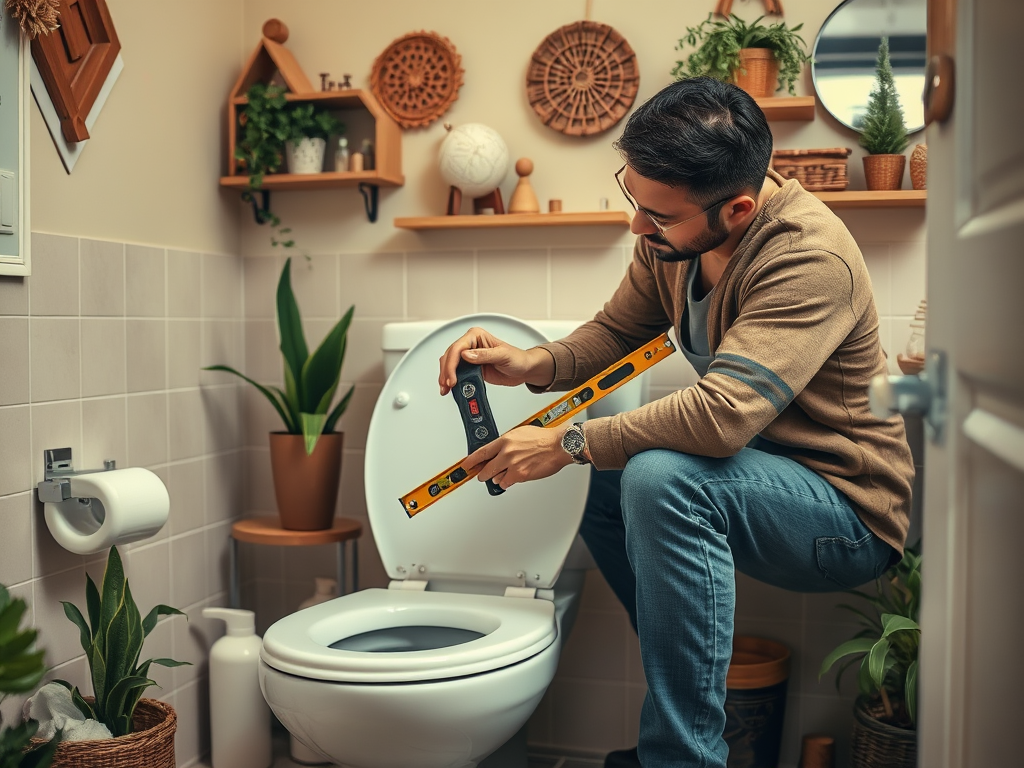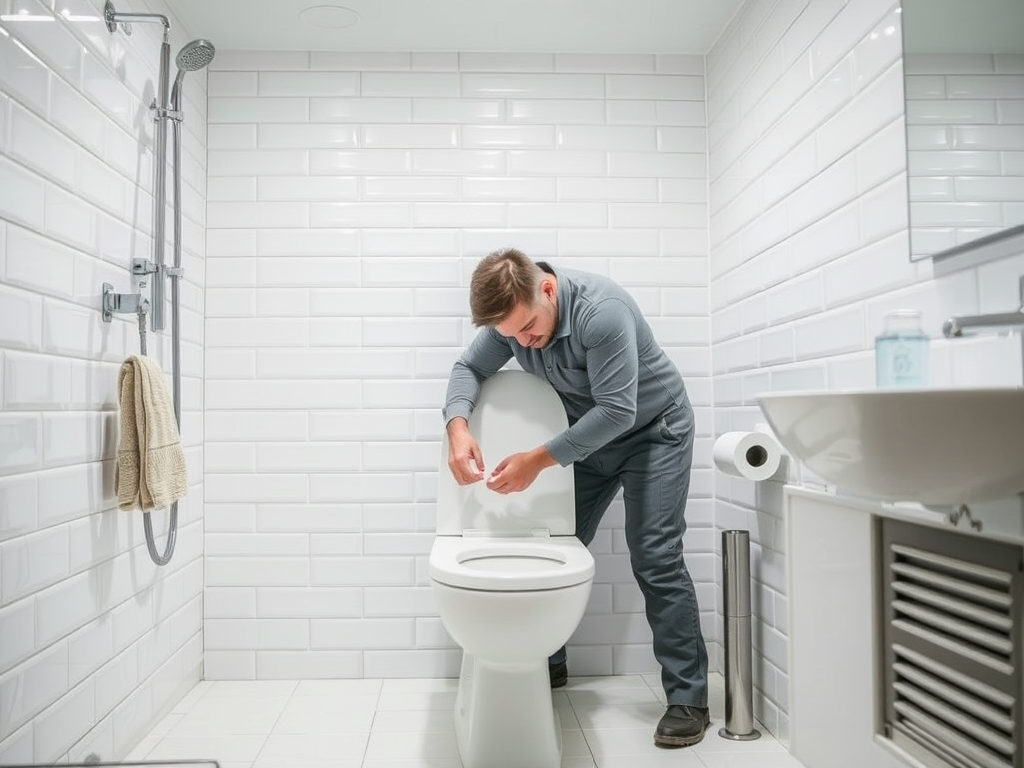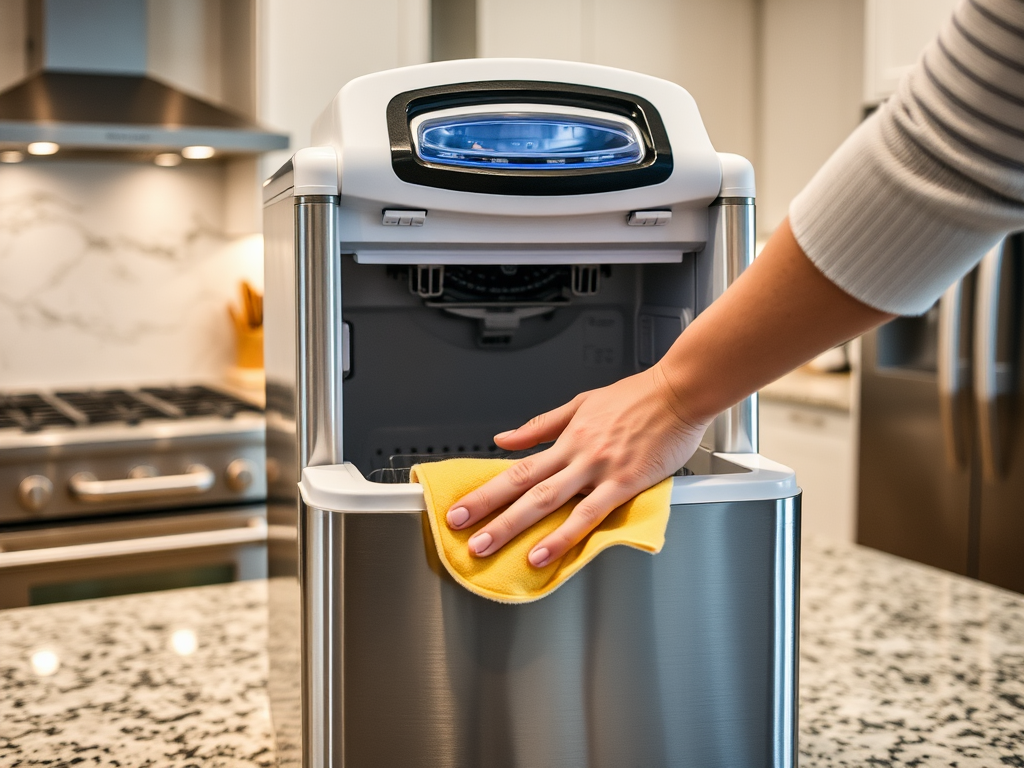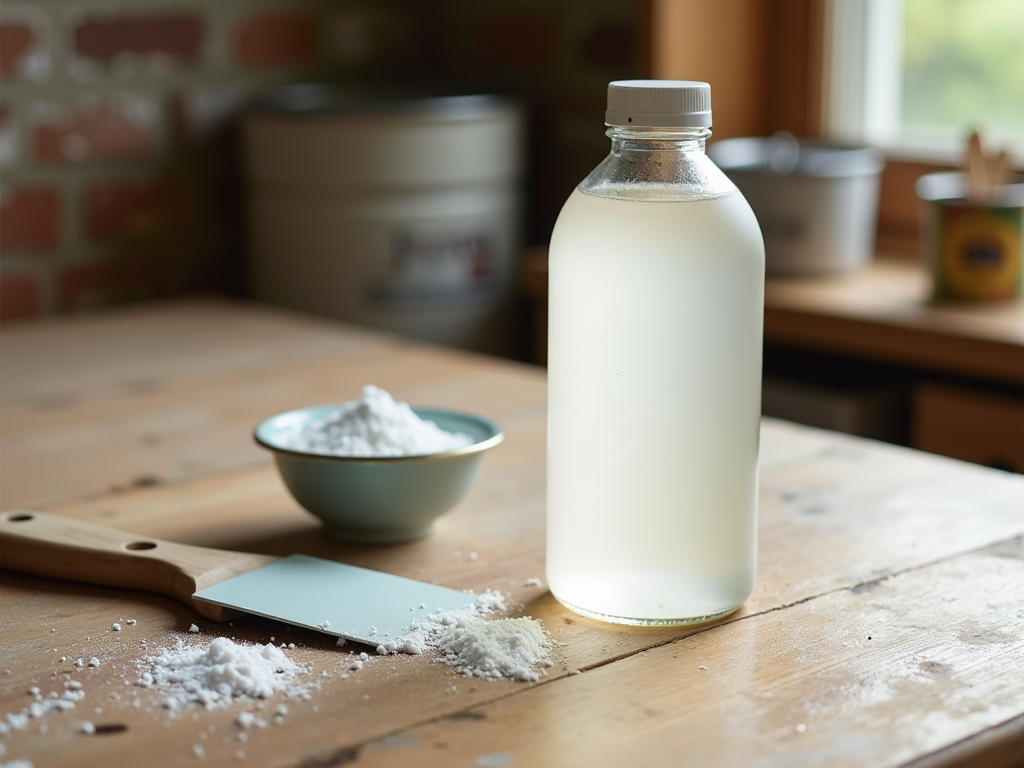Picture this: a busy morning in your household, everyone rushing around trying to get ready for the day. Suddenly, a loud crash echoes through your home as someone loses their balance due to a wobbling toilet. While it might sound dramatic, this scenario highlights the often-overlooked importance of a securely fastened toilet. In a matter of seconds, a simple trip to the bathroom can lead to slips, falls, and costly damage. Understanding the significance of proper toilet installation transcends mere home aesthetics; it is pivotal for safety, functionality, and long-term upkeep. Here’s a closer look at why securing your toilet should be a household priority.
Why Proper Installation Matters

The reasons behind securing toilets properly are multifaceted. For starters, a securely installed toilet minimizes the risk of leaks, a common issue that can escalate into more severe water damage. Water damage can adversely affect your home’s foundation and wall integrity. Additionally, a loose toilet could develop cracks in the porcelain, which is not only annoying but can also lead to costly repairs. Secondly, ensuring that your toilet is fixed correctly can contribute to the overall safety of your home. A wobbling toilet is a potential hazard, presenting a significant risk especially for vulnerable family members such as children and the elderly.
Preventing Water Damage
When a toilet is inadequately fastened, it may shift and create gaps, allowing water to escape onto the floor. This leakage, while seemingly harmless at first, can lead to severe consequences over time. Any moisture can encourage the growth of mold and mildew, which poses health risks and can be hard to eradicate. By ensuring your toilet is well-secured, you significantly reduce the chances of this kind of damage. Regular checks and maintenance can keep your plumbing in working order and fortify your home against these hidden dangers.
Enhancing Safety
Loose toilets can wobble dangerously, creating a serious hazard. A secure installation ensures stability, helping to safeguard against potential accidents in the bathroom. Not only does this apply to children who might rush in, but also to elderly individuals who may already have mobility concerns. Slip and fall incidents are among the leading causes of injuries at home. For these reasons, it’s crucial to recognize the importance of a properly secured toilet.
Common Issues Caused by Loose Toilets
There are several issues that may arise if you neglect the stability of your toilet. Being aware of these common complications can help you to take preventive measures. Here are some major problems that can develop:
- Structural Damage: Loose toilets can create cracks and potential breaks in the porcelain over time.
- Health Concerns: Mold and bacteria can flourish due to increased moisture from leaks.
- Increased Repair Costs: More significant issues like plumbing problems can arise, leading to greater expenses.
In addition to the above issues, loose toilets often come with other nuisances that can complicate your daily routine. Below is a summary of the types of costs associated with these problems:
| Issue | Potential Cost |
|---|---|
| Water Damage Repair | $500 – $3,000 |
| Plumbing Repairs | $150 – $1,200 |
| Mold Remediation | $300 – $6,000 |
Signs Your Toilet Needs to Be Secured
Being proactive about your bathroom’s safety includes recognizing the signs that your toilet might not be secured adequately. As a homeowner, it’s essential to monitor for these indicators regularly. Key signs that indicate your toilet may need immediate attention include:
- Wobbling or Movement: If your toilet shifts when you lean on it, this is a clear sign you need to investigate.
- Water Around the Base: Puddles or dampness around the base are often indicators of a leak.
- Unpleasant Odors: If you notice unusual smells, it may indicate a plumbing issue stemming from a loose toilet.
How to Secure Your Toilet
For those inclined to tackle the issue themselves, securing your toilet is manageable with a few basic tools and steps. Before beginning, ensure you have the necessary tools, such as a wrench, a level, and possibly new toilet bolts or wax rings. Here’s a simple step-by-step guide:
- Turn Off the Water Supply: Safety is paramount; ensure the water supply is off to avoid any mishaps.
- Check and Tighten Bolts: Inspect the bolts that keep your toilet fastened and ensure they’re tight.
- Level the Toilet: Use a level to check the toilet’s alignment; adjust if necessary to ensure it sits evenly.
Conclusion
In conclusion, securing your toilet is a vital task that cannot be neglected. The repercussions of a loose or improperly fastened toilet can range from minor inconveniences to significant safety hazards and costly repairs. Regular checks, maintenance, and timely action can save you money while also ensuring a safe environment in your home. By embracing a proactive approach, you can extend the life of your toilet and enhance the overall safety of your household. Make it a priority; your toilet is not just a fixture; it’s a part of your home’s integrity.
Frequently Asked Questions
- What are the risks of a loose toilet? A loose toilet can lead to leaks, water damage, and safety hazards due to wobbling.
- How often should I check my toilet’s stability? It’s good practice to check your toilet at least once a year or when you notice any signs of loosening.
- Can I secure my toilet myself? Yes, most homeowners can secure their toilet with basic tools and instructions.
- What should I do if my toilet continues to be unstable after tightening? You may need to replace the wax ring or consult a plumber to address underlying issues.
- How can I prevent my toilet from becoming loose in the future? Regular maintenance and proper use of your toilet can help prevent it from loosening over time.



